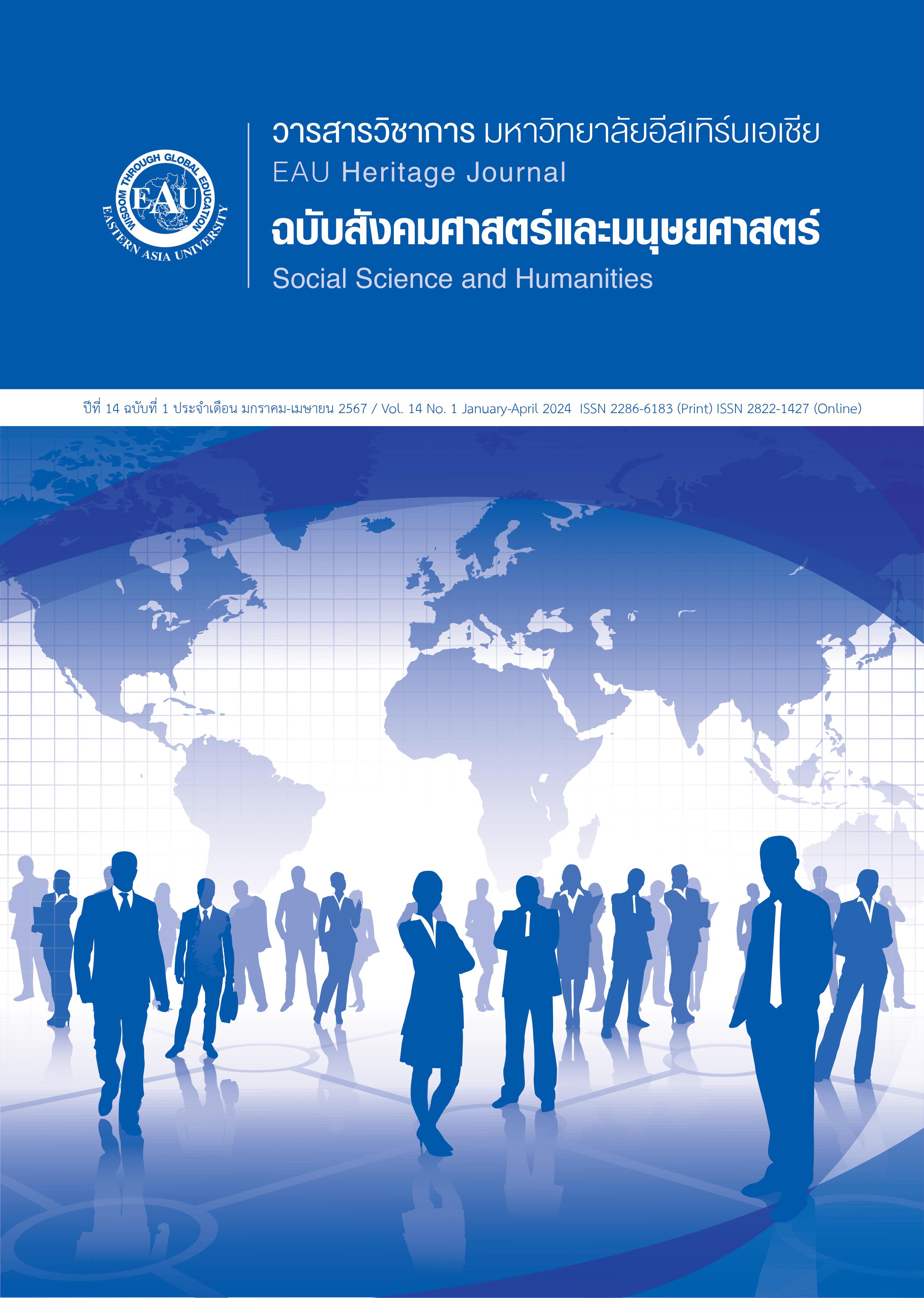Water Supply Management of Local Administrative Organizations in Southernmost Provinces
Keywords:
water supply, diarrhea, local administrative organizationsAbstract
This study was a qualitative and quantitative study, aimed to study the success factors in water supply management and compare morbidity rates of diarrhea in areas with and without water supply systems. Purposive sampling of 3 areas has water supply and 3 areas not have water supply in the same district and have contacting territory. Collecting data from in-depth interviews and diarrhea disease surveillance report data (report506) from 2018 to 2022. The study of water supply management found 4 success factors include that having sufficient raw water sources, having personnel, manage by village committees and have sufficient budget. For Subdistrict that do not have a water supply system found that no source of raw water, no area space, lack personnel and not yet requirement from people. Model for efficient water supply system have 2 approaches:
(1) having 1 large water supply system that operate by Subdistrict Administrative Organization.
(2) At least 1 water supply system per village that operate by the village committee and must be trained. The Correlation between the morbidity rates of diarrhea over the past 5 years in areas with and without water supply systems in Narathiwat, Yala, and Pattani provinces is 0.963, -0.577,
and -0.3671, respectively.
References
Bureau of Environmental Health, Department of Health, Ministry of Public Health. (2017), Community
environmental health management for citizens. (1st printing). Mahachulalongkornrajavidyalaya
Printing House. (in Thai)
Bureau of Epidemiology, Department of Disease Control., (2020). Annual Epidemiological Surveillance Report
Retrieved from https://apps-doe.moph.go.th/boeeng/download/AW_AESR_2563_MIX.pdf(in Thai)
Bureau of Food and Water Sanitation, Department of Health (2018). Assessment quality standards of village
water supply 2018 Report., p.15 Retrieved from
https://foodsan.anamai.moph.go.th/th/water-quality/download/?did=204418&id=72108&reload=
(in Thai)
Department of Local Administration. (2022). criteria and quality standards for village water supply systems
of local government organizations.
Retrieved from http://www.dla.go.th/upload/document/type2/2022/7/27706_2_1658202314710.pdf
(in Thai)
Fewtrell L, Kaufmann RB, Kay D, Enanoria W, Haller L, Colford JM Jr. (2005. Water, sanitation, and hygiene
interventions to reduce diarrhoea in less developed countries: a systematic review and meta-
analysis. Lancet Infect Dis. Jan;5(1):42-52.
Retrieved from https://doi:10.1016/S1473-3099(04)01253-8
Inthanchan R. (2022). The Development of Public Services for The Sub District Administrative Organization
in Nakhon Pathom Province. Siam Academic Review, 15(2), 95–105.
Retrieved from https://so07.tci-thaijo.org/index.php/sujba/article/view/846 (in Thai)
Kaewchaon A. (2017). The study state of problems and the solutions of water supply management in
Chakkabok Subdistrict Municiplity, Bankhai district, Rayong province. (Master's Thesis).
Retrieved from https://buuir.buu.ac.th/xmlui/handle/1234567890/6182 (in Thai)
Majuru B, Michael Mokoena M, Jagals P, Hunter PR. (2011). Health impact of small-community water
supply reliability. International Journal of Hygiene and Environmental Health, 214(2), 162 - 166.
Retrieved from https://doi: 10.1016/j.ijheh.2010.10.005.
Office of Water Management, Department of Water Resources, Ministry of Natural Resources and
Environment (2018). Criteria and quality standards for village water supply systems. Bangkok: War
Veterans Organization under Royal Patronage Printing House. (in Thai)
Phakham S., Wilachai W., Silprasit K., Thummajitsakul S. (2015). A study of waterborne diseases classified to
water consumption behaviors in Moo 7 community, Bangluksua sub-district, Ongkh. BCNNON HEALTH
SCIENCE RESEARCH JOURNAL, 9(2).
Retrieved from https://he01.tci-thaijo.org/index.php/JHR/article/view/56561 (in Thai)
Phokanit, K. & Nooyot, K. (2020). Problems of Water Management for Consumption of Ban Na Si Nuan
Community, Na Siao Sub-district, Mueang District, Chaiyaphum Province. Journal of Modern Learning
Development, 5(3), 93–106.
Retrieved from https://so06.tci-thaijo.org/index.php/jomld/article/view/242471. (in Thai)
Sa-nguanduan N. (2020). Assessment of Village Waterworks Systems from Groundwater Resources: Case
Studies of ThungluknokSubdistrict Administrative Organization, Nakhon Pathom. Thai Science and
Technology Journal 28(4).
Retrieved from https://li01.tci-thaijo.org/index.php/tstj/article/view/235682/161907 (in Thai)
Sriket J. Prommanee P. Sriket, T. (2016). Contamination of Total coliform bacteria in water sources for
water supply and village water supply system Dongbang Subdistrict, Prachantakham District,
Prachinburi Province. EAU Heritage Journal Science and Technology, 10 (2), 189-198
Retrieved from https://he01.tci-thaijo.org/index.php/EAUHJSci/article/view/56130/53273 (in Thai)
Tasantiea C. Study of production process and quality of water supply in Thanprasat Subdistrict, Nonsung
District, Nakhon ratchasima Province. (Master's Thesis).
Retrieved from http://ethesisarchive.library.tu.ac.th/thesis/2018/TU_2018_5409031571_3115_9505.pdf
(in Thai)
UNICEF/WHO. (2009). Diarrhea; why children are still dying and what can be done. Retrieved from https://www.who.int/publications/i/item/ 9789241598415.
Yotawut M. (2017). Management of Village Waterworks in Thailand: A Case Study of Community of Nakhon
Nayok Province Retrieved from https://www.dpu.ac.th/dpurdi/research/487 (in Thai)





